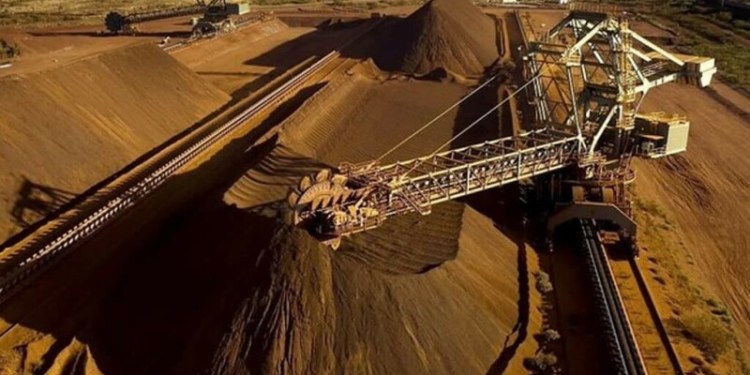PETIT BADIANE, Ivory Coast Feb 11 (Reuters) – Ivory Coast’s rubber industry has been hit by a sharp drop in prices and falling demand, forcing farmers to switch to other crops and potentially preventing the country from reaching its goal of doubling output by 2020.
Production in Africa’s leading rubber producer, with an output of 340,000 tonnes in 2015, is expected to reach 359,000 tonnes in 2016 and it aims to reach 600,000 tonnes by 2020.
But weak demand in China, one of Ivory Coast’s main customers, has caused prices to slide to 228 CFA francs ($0.39) per kg from a high of 942 CFA francs ($1.62) in 2011.
In Petit Badiane, a village about 90 km north of the commercial hub Abidjan, dozens of rubber plantations have been replaced with cassava fields. Other plantations have been abandoned or left poorly maintained, covered in weeds.
In his four-hectare plantation, Emmanuel Meledge, working alone, said he could not afford to pay for workers.
“After this month’s harvest I will abandon this,” Meledge said. “It isn’t worth it for me anymore.”
Akpangni Attobra, the general secretary of the Ivorian natural rubber association (APROMAC), said the drop in prices had sharply reduced farmers’ incomes and reduced targets for new plantation areas.
“This year, we will subsidise 6,000 hectares of new plantations compared to 15,000 hectares in 2015 and 25,000 hectares in 2014,” he said.
Some 150,000 rubber farmers have planted about 520,000 hectares of smaller-scale plantations and an additional 50,080 hectares of larger plantations, but less than half of the planted hectares have matured and will produce rubber this year. ($1 = 580.0300 CFA francs) (Reporting by Loucoumane Coulibaly; Editing by Edward McAllister and David Evans)



























